How To Repair A Headphone Wire?
Repairing a headphone wire is a common issue that many people face, especially with the increasing use of portable audio devices. Whether it's due to wear and tear, accidental damage, or simply the passage of time, headphone wires can become frayed, broken, or otherwise compromised. In this article, we will explore the various methods and techniques for repairing a headphone wire, ensuring that you can continue to enjoy your music without interruption.
Understanding the Problem
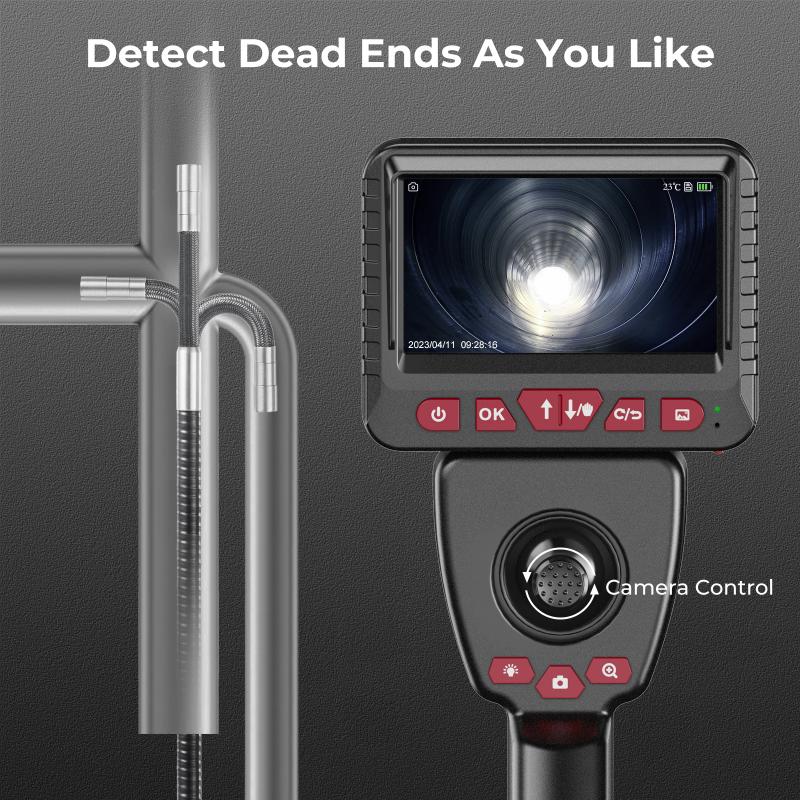
Before diving into the repair process, it's essential to understand the common issues that can affect headphone wires. These include:
1. Frayed Wires: Over time, the outer insulation of the wire can wear away, exposing the inner conductors.
2. Broken Wires: The wire itself can break, leading to a loss of audio in one or both earpieces.
3. Loose Connections: The connection between the wire and the headphone jack or earpiece can become loose, causing intermittent audio issues.
4. Short Circuits: Exposed wires can touch each other, creating a short circuit that disrupts the audio signal.
Tools and Materials Needed
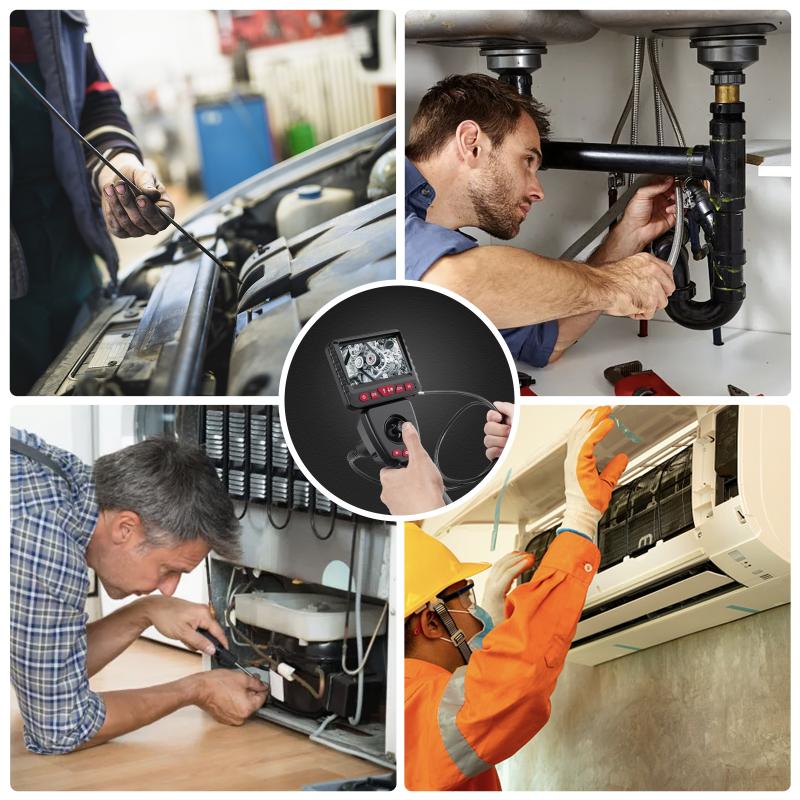
To repair a headphone wire, you will need the following tools and materials:
- Soldering iron and solder
- Heat shrink tubing or electrical tape
- Wire strippers
- Scissors or a sharp knife
- Multimeter (optional, for testing continuity)
- Replacement headphone jack (if necessary)
Step-by-Step Repair Guide
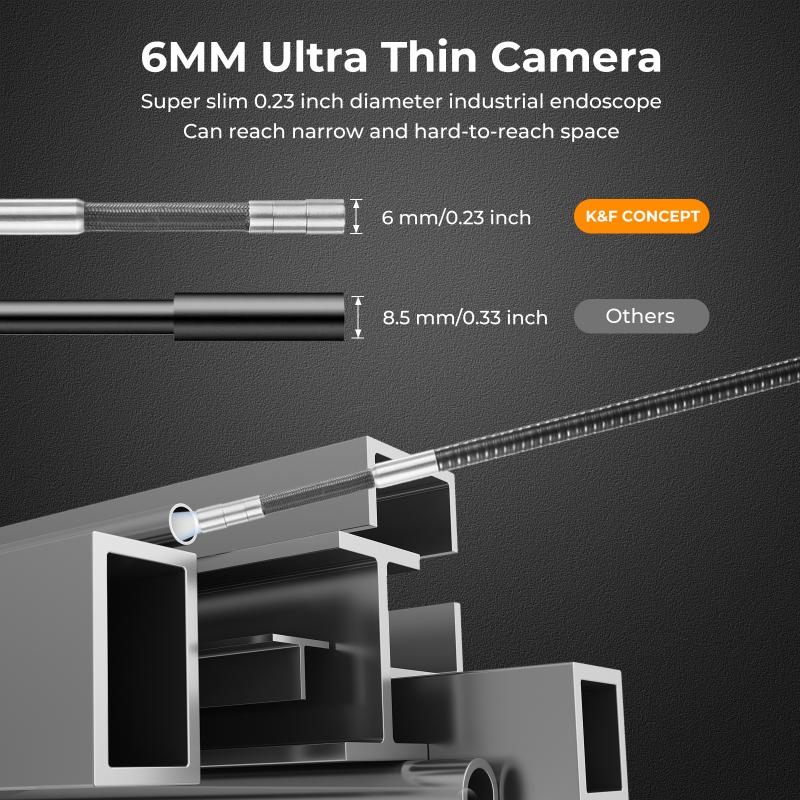
1. Identify the Problem Area

The first step in repairing a headphone wire is to identify the problem area. This can usually be done by visually inspecting the wire for any obvious signs of damage, such as fraying or breaks. If the issue is not immediately apparent, you can gently bend and twist the wire while listening for any changes in the audio signal. This can help pinpoint the location of the problem.
2. Cut and Strip the Wire
Once you have identified the problem area, use scissors or a sharp knife to cut the wire at the damaged section. Be sure to cut away any frayed or broken parts. Next, use wire strippers to remove about half an inch of the outer insulation from both ends of the cut wire. This will expose the inner conductors, which are typically color-coded (e.g., red, green, and copper).
3. Prepare the Wires for Soldering
Before soldering, it's essential to prepare the wires properly. Twist the exposed conductors to prevent them from fraying. If you are using heat shrink tubing, cut a small piece and slide it onto one side of the wire before soldering. This will be used to insulate the repaired section once the soldering is complete.
4. Solder the Wires
Using a soldering iron, carefully solder the corresponding conductors together. For example, solder the red wire to the red wire, the green wire to the green wire, and the copper wire to the copper wire. Be sure to make clean, secure connections to ensure good conductivity. If you are not experienced with soldering, it may be helpful to practice on some spare wire before attempting the repair.
5. Insulate the Repaired Section
Once the wires are soldered together, slide the heat shrink tubing over the repaired section and use a heat source (such as a heat gun or lighter) to shrink it in place. If you do not have heat shrink tubing, you can use electrical tape to insulate the repaired section. Be sure to cover all exposed conductors to prevent short circuits.
6. Test the Headphones
After completing the repair, test the headphones to ensure that the audio signal is restored and that there are no intermittent issues. If the problem persists, you may need to recheck your soldering connections or inspect other sections of the wire for additional damage.
Repairing a Broken Headphone Jack
In some cases, the issue may lie with the headphone jack rather than the wire itself. If you suspect that the headphone jack is the problem, you can replace it with a new one. Here’s how:
1. Cut the Old Jack: Use scissors or a sharp knife to cut the wire near the old headphone jack.
2. Strip the Wire: Use wire strippers to remove about half an inch of the outer insulation from the cut wire, exposing the inner conductors.
3. Prepare the New Jack: Disassemble the new headphone jack to expose the terminals. Most headphone jacks have three terminals: one for the ground wire (usually copper), one for the left audio channel (usually red), and one for the right audio channel (usually green).
4. Solder the Wires to the New Jack: Solder the corresponding conductors to the terminals on the new headphone jack. Be sure to make clean, secure connections.
5. Reassemble the Jack: Once the wires are soldered, reassemble the headphone jack and test the headphones to ensure that the audio signal is restored.
Preventing Future Damage
To extend the life of your repaired headphones and prevent future damage, consider the following tips:
- Use a Protective Case: Store your headphones in a protective case when not in use to prevent damage from being crushed or tangled.
- Avoid Pulling on the Wire: When unplugging your headphones, always pull on the plug rather than the wire to prevent stress on the connections.
- Use Cable Management: Use cable management tools, such as clips or wraps, to keep the wire organized and prevent tangling.
- Invest in Quality: Consider investing in higher-quality headphones with more durable construction and better materials.
Repairing a headphone wire is a practical skill that can save you money and extend the life of your favorite audio equipment. By following the steps outlined in this article, you can effectively address common issues such as frayed wires, broken connections, and faulty headphone jacks. With the right tools and a bit of patience, you can restore your headphones to their former glory and continue to enjoy your music without interruption. Remember to take preventive measures to protect your headphones from future damage, ensuring that they remain in good working condition for years to come.


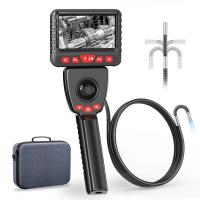


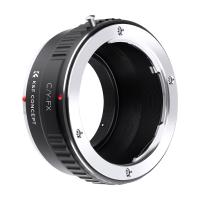

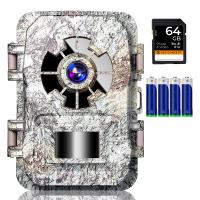
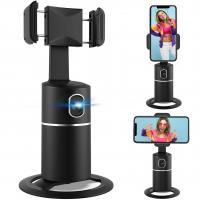
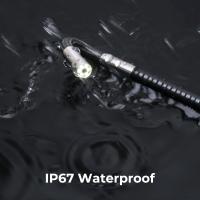


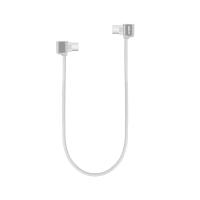
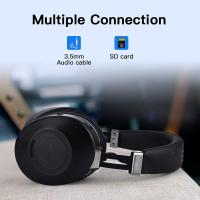


There are no comments for this blog.